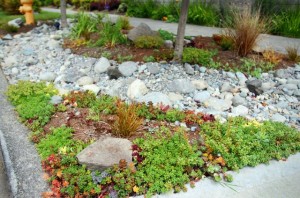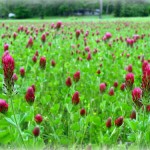Are we seeing signs of an early spring in Seattle?
Posted on February 9th, 2013 by Andy
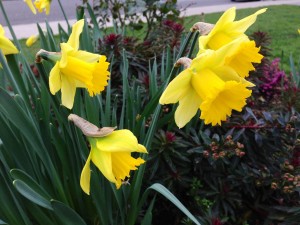
Daffodils in full bloom in January. Photo by Ecoyards.
It’s always a welcome relief to see early signs of spring around Seattle. Our Ecoyards maintenance crews spotted daffodils in full bloom recently, and they’re also reporting that weeds are popping up with a vengeance in landscape beds and lawns.
Are we seeing signs of an early spring in Seattle and elsewhere? The weather-predicting groundhog Punxsutawney Phil says yes. The Pennsylvania groundhog didn’t see his shadow last week when he popped out of his burrow, so his handlers say spring is on its way.
You can dismiss the groundhog as folklore, but a couple of recent studies have shown that we’re experiencing warmer springs and that’s causing flowers to bloom and trees to leaf earlier than they have in past years. What do you think?
One study published last month in the journal PLoS ONE uses flowering records kept by author and naturalist Henry David Thoreau and naturalist Aldo Leopold to investigate the question of whether flowering times will continue to advance as temperatures rise. As the New York Times notes, the researchers relied on Henry David Thoreau’s somewhat obsessive effort to record the first blooms of the year. Thoreau recorded flowering dates for many well-known flowers including the wild columbine and the pink-lade slipper orchid. The scientists conclude that record warm temperatures (in 2010 and 2012) have resulted in record flowering times. As the NYT writes: “For now, plants seem to be exhibiting a steady, linear response to warming temperatures. For every degree of Fahrenheit the temperature increases, many flowers come out 2.3 days earlier. ”
In another study published in Geophysical Research Letters, Princeton scientists found that trees in the continental United States could send out spring leaves many days earlier in the future than they did. According to this UPI article, by the year 2100 some trees could be putting out spring leaves from 8 to 40 days earlier depending on the part of the country, compared to the late 20th century.
Are flowers blooming earlier than usual in your yard?
Filed under: Seattle Landscape Maintenance | Permalink | No Comments
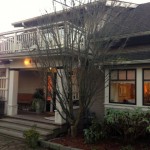 Here was the dilemma: one of our clients had a gorgeous Lions Head Japanese maple that had grown too big for its location. It was already 7 feet tall when the homeowner planted it on his property 12 years ago, so you can imagine how much it had grown since.
Here was the dilemma: one of our clients had a gorgeous Lions Head Japanese maple that had grown too big for its location. It was already 7 feet tall when the homeowner planted it on his property 12 years ago, so you can imagine how much it had grown since.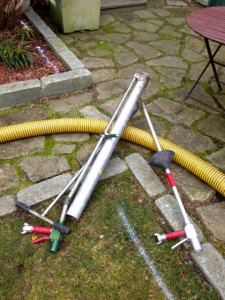
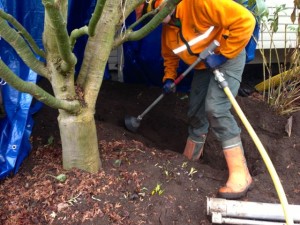
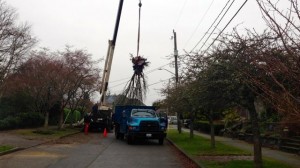
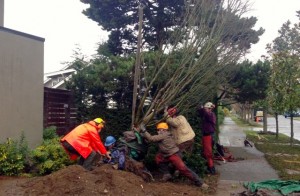
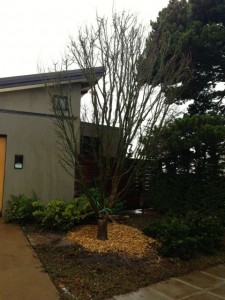
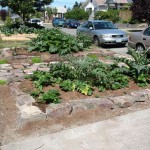 Fortunately, the city of Seattle has been encouraging residents to plant urban gardens for a number of years as the urban farm movement has taken hold. The mayor and others even
Fortunately, the city of Seattle has been encouraging residents to plant urban gardens for a number of years as the urban farm movement has taken hold. The mayor and others even 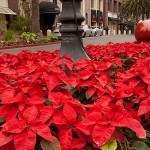
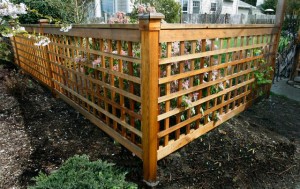
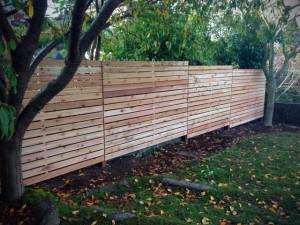
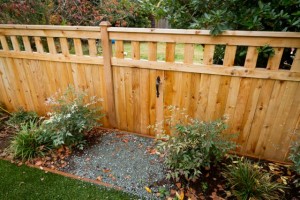
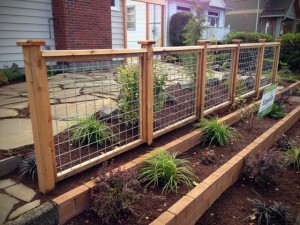
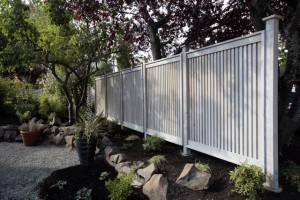

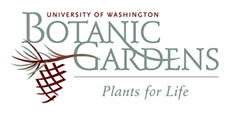 If you’ve ever wondered what kind of tree or shrub is growing in your backyard, or if you covet your neighbor’s flower but its name stumps you, look no further. The plant detectives at the
If you’ve ever wondered what kind of tree or shrub is growing in your backyard, or if you covet your neighbor’s flower but its name stumps you, look no further. The plant detectives at the 